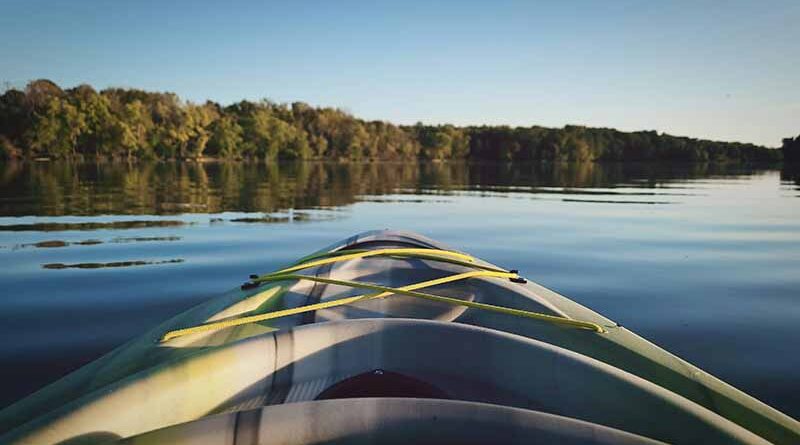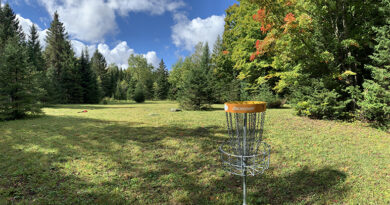5 Things You Can Do to Improve Your Lake’s Water Quality
For many of us, looking forward to time at the lake is what gets us through our busy weeks. These are days where we can take a swim in the lake, take a peaceful canoe or kayak trip or simply sit on the dock and take in the beauty of it all. But did you know our daily actions can impact the water quality of our beloved lakes? It’s true! Here are five actions we can all take to help keep our lakes healthy.
#1 Avoid the use of fertilizers on lawns and gardens – when it rains these contaminants can end up in our lakes and over-fertilize our freshwater systems. This can lead to an increase in algal blooms.
#2 Do not bathe in the lake with soap, not even biodegradable soap – even soap that is biodegradable can still affect the lake chemistry and negatively impact fish and other aquatic life. Biodegradable soap can take time to biodegrade, require certain conditions to break down and can leave behind harmful by-products.
#3 Take care of your septic system – only flush human waste and toilet paper. Make sure your septic system is well maintained and functioning properly. It is typically recommended to have your septic tank inspected and pumped every three to five years by a licensed professional (depending on the size of your tank and how much it is used). Improperly treated wastewater may contain bacteria, viruses and nutrients which can cause algal blooms, health risks for people and harm water quality for wildlife.
#4 Contain the rain – to reduce the amount of rain running off your property and into your lake, capture it! Rain barrels are a great way to collect water from your downspouts. Rain gardens are another great option. Rain gardens are a depression filled with native plants which collect runoff and filter nutrients and sediments.
#5 Maintain a healthy shoreline buffer – a strip of native vegetation on your property along the shoreline has many benefits. This vegetation will help protect against erosion, filter runoff, absorb nutrients, reduce the risks of flooding, protect property values and provide important habitat for wildlife. And it is easy! Simply stop mowing an area along your shoreline or plant some of your favourite native plants. While any size of buffer is better than none, it should be at least 10 metres wide if possible.
For more information on the Love Your Lake program, visit LoveYourLake.ca. Love Your Lake is a shoreline assessment program developed by the Canadian Wildlife Federation and Watersheds Canada.
Written by Terri-Lee Reid, Freshwater Researcher with the Canadian Wildlife Federation




